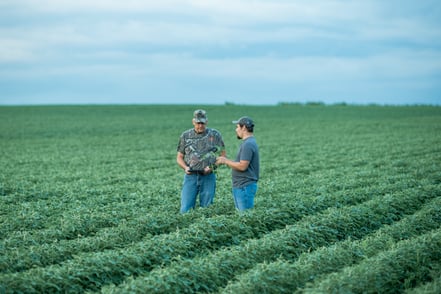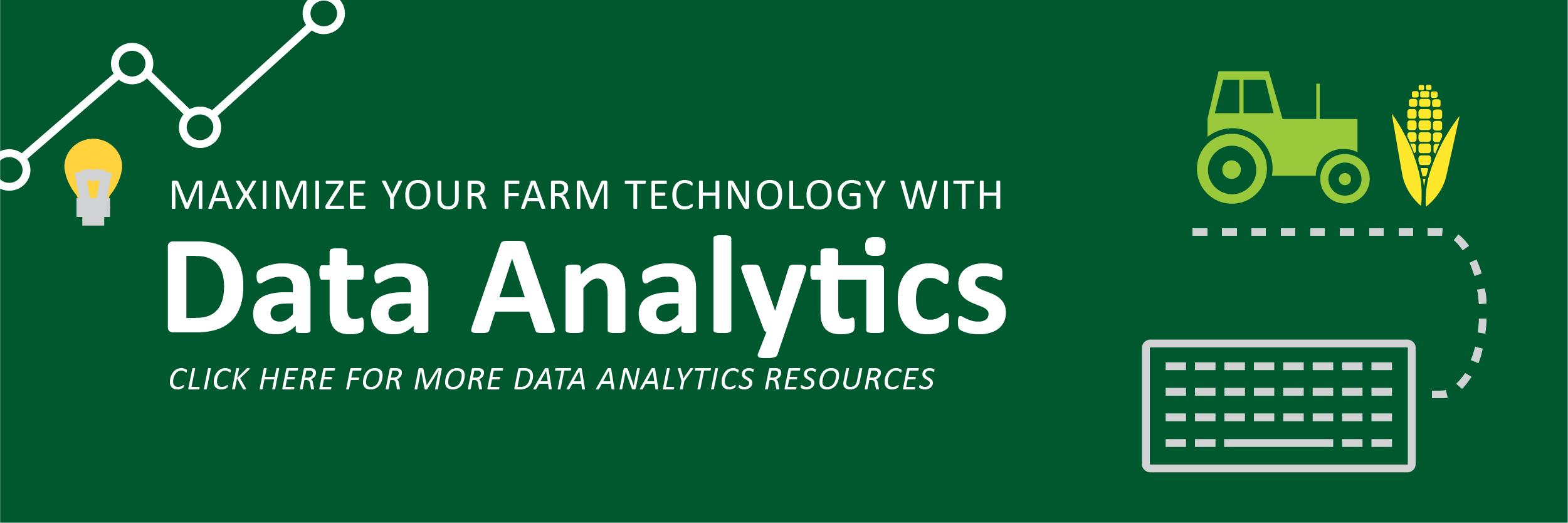To efficiently collect data on your farming operation, it’s important to have a good plan and keep notes as you go, collect in a timely manner, and verify that data matches what happened throughout the season. There are many data points that need to be collected, verified, and entered to get a full-scope picture of your operation for analytics purposes.
Steps to Efficiently Collect Data for Farm Analytics:
- Take notes as you go
- Collect data files as soon as possible
- Communicate with your advisor to make sure they are aware of your expectations through the season
- Verify and validate your data at the end of the season

First of all, it’s so important to find an advisor that you trust and for the two of you to be on the same page before the season even begins. If everything goes according to plan, then you both know where seed/chemical/fertilizer goes. However, we know that even those most well-laid plans don’t always happen as we anticipate. In that case, it’s very important to take diligent notes.
One of the best things you can do for yourself is to take notes as plans change while the change is fresh in your mind. It’s easy to remember something as it happens, but after a few weeks, you may not remember it exactly. One of the easiest things you can do for both you and your advisor is to print off the field information sheets that Premier Crop offers with each field. A simple notebook or text to your advisor also works if you don’t have these handy. Once you have these notes, you need to collect the corresponding data files as soon after you’ve finished as possible.
While you should collect data quickly after application occurs, it’s not possible to stop the planter after each field to send the new file to your advisor. However, if you use a cloud-based data management tool, such as John Deere Operations Center, Climate FieldView Plus, or Agfiniti, you can share your operation or username with your trusted advisor who can download files as you go. If those options are not in your arsenal, then exporting your files from the monitor and sending them to your advisor as soon as you are done with planting, spraying, or fertilizing is the next best alternative. If data is collected in a timely manner, it is much easier to verify that it is correct.
Verifying and validating data is a critical step for data analysis. Good data in = good analysis out. Validating is easiest to do when things are fresh in your mind. As long as you have created a game plan with your advisor, kept notes, and collected data in a timely manner, the validation part should be an easy and painless process. Our Premier Crop Advisors are here to help you through any of this process. If you don’t have a Premier Crop Advisor, reach out to us to see how we can get you on the path of doing more with your data.

